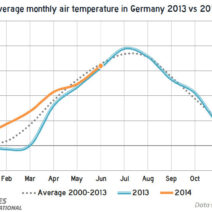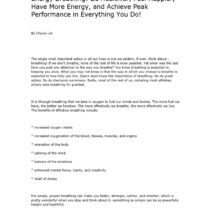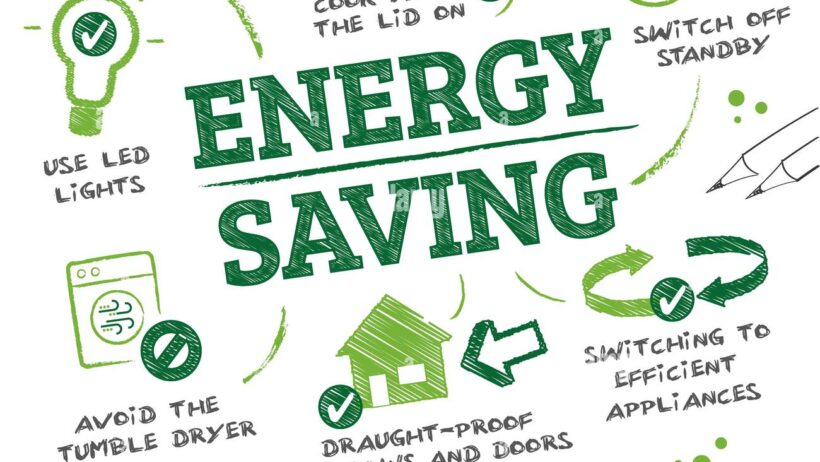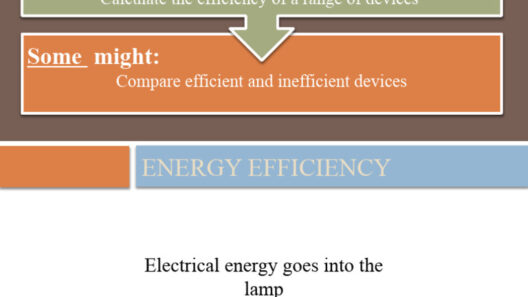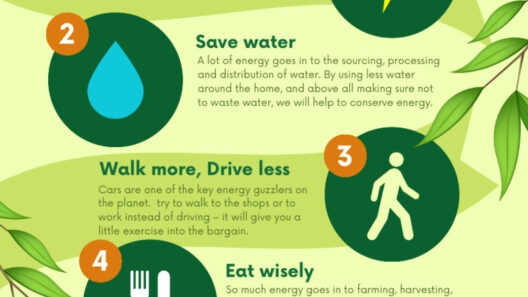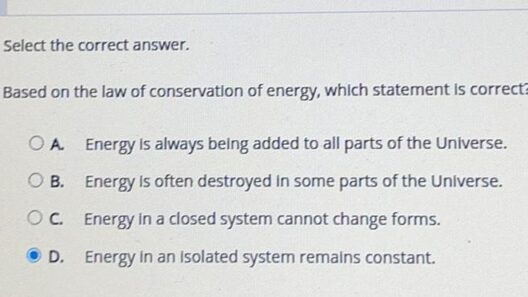Conserving energy in your home is akin to nurturing a delicate ecosystem. Like the interdependent relationships found in nature, our energy consumption impacts not only our financial well-being but also the environment we inhabit. By adopting mindful practices, we can create a sustainable habitat that benefits both our household and the planet at large. Herein lies the blueprint for reducing energy consumption without compromising comfort or convenience.
Understanding Energy Usage: The Invisible Streams
To embark on the journey of energy conservation, an astute awareness of where energy flows is imperative. Consider your home as a complex organism where electricity circulates like blood through veins. Identifying the major sources of energy consumption can direct your conservation efforts with precision.
Common culprits include heating and cooling systems, appliances, and lighting. Each element consumes a varying magnitude of energy, and examining how each contributes to your overall consumption is essential. By utilizing energy monitors, one can visualize the invisible currents of electricity within your abode. This analytical approach not only elucidates usage patterns but also uncovers opportunities for substantial savings.
Energy-efficient appliances serve as the backbone of modern conservation endeavors. Upgrading to Energy Star-rated products can dramatically reduce energy usage while offering superior performance. These appliances harmonize with your goals of both ease and efficiency, ensuring that your energy conservation efforts yield palpable results.
Embracing Smart Technology: The Digital Guardians
In the age of digital innovation, harnessing smart technology in your home can serve as a formidable ally in your quest for energy conservation. Smart thermostats, for example, act like vigilant sentinels, efficiently regulating temperature based on your patterns of inhabitation. They learn when to heat or cool your home, minimizing wasted energy during those hours when you are away or sleeping. Imagine a soldier on duty, ensuring energy is reserved for when it’s needed most.
Furthermore, smart lighting systems, which can be programmed and controlled remotely, allow for precise adjustments based on natural light availability. By orchestrating artificial light judiciously, you can bask in the warm glow of efficiency while fostering an atmosphere of tranquility. Such devices promote an ever-vigilant awareness of energy usage, allowing you to engage in conservation effortlessly.
Insulation and Sealing: The Protective Barrier
Much like the bark of a tree protects its inner sanctum, adequate insulation and sealing in your home function as an impervious barrier against energy loss. Homes often fall prey to drafts, inadequate insulation, and leaky windows that allow the precious warmth generated by your heating system to escape into the ether. Tending to these vulnerabilities is tantamount to fortifying your castle.
Begin by assessing the insulation levels in the attic, walls, and crawl spaces. Consider retrofitting with high-performance insulation materials that boast superior thermal resistance. When sealing cracks and gaps, employing caulk or weather stripping can dramatically reduce the burden on heating and cooling systems. This essential investment in your home’s structure translates directly to lower energy bills and a diminished carbon footprint.
The Role of Landscaping: Nature’s Sanctuary
Landscaping is often overlooked in discussions of energy conservation, yet it holds untold potential. The strategic placement of trees and shrubs can act as a natural shield against harsh weather, dramatically influencing your home’s temperature regulation. Consider the wise placement of deciduous trees to provide shade in summer, while allowing sunlight to penetrate and warm your home during winter months.
This symbiotic relationship with nature not only enhances aesthetic appeal but fosters a microclimate that imbues your home with comfort. As you cultivate your outdoor space, envision an ecosystem working in unison with your energy-saving ambitions. This mindful interplay between your home and its surroundings can yield substantial dividends in energy efficiency.
Daily Practices: The Ritual of Conscious Consumption
Beyond structural modifications and technological upgrades, daily habits also play a pivotal role in energy conservation. Simple changes in behavior can yield significant results over time. Instituting a routine of turning off lights and unplugging devices that are not in use can mitigate the pervasive vampire energy that plagues many households.
Encourage your family members to engage in resource-conscious practices. Use cold water for laundry, and air dry clothes whenever feasible. Encourage shorter showers to reduce water heating demands. Each of these practices, though seemingly modest, can culminate in considerable savings when uniformly adopted.
Conclusion: The Path to Sustainable Living
Ultimately, conserving energy in your home is more than an exercise in frugality—it is a commitment to sustainable living. By adopting a comprehensive approach that includes awareness, technological integration, structural improvements, thoughtful landscaping, and diligent daily habits, you craft a lifestyle that harmonizes with the rhythms of nature.
This journey towards energy conservation not only enriches your own life but collectively contributes to a healthier planet. Every action taken is a thread woven into the intricate tapestry of environmental stewardship. As you turn down the thermostat or invest in energy-efficient appliances, remember that these small steps lead to monumental change—one home at a time.
